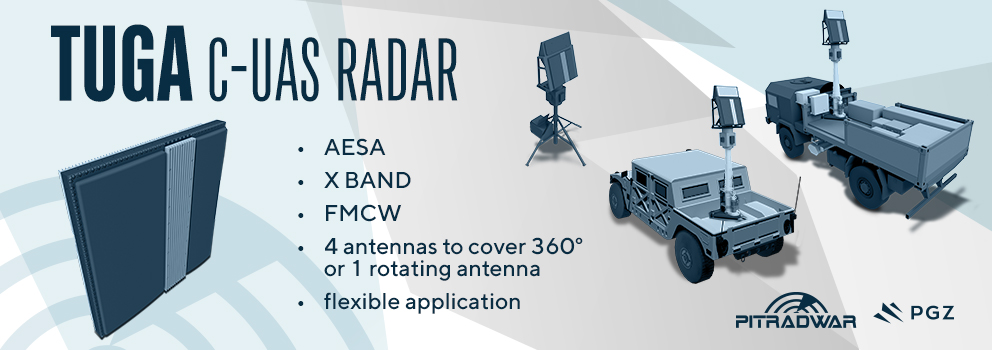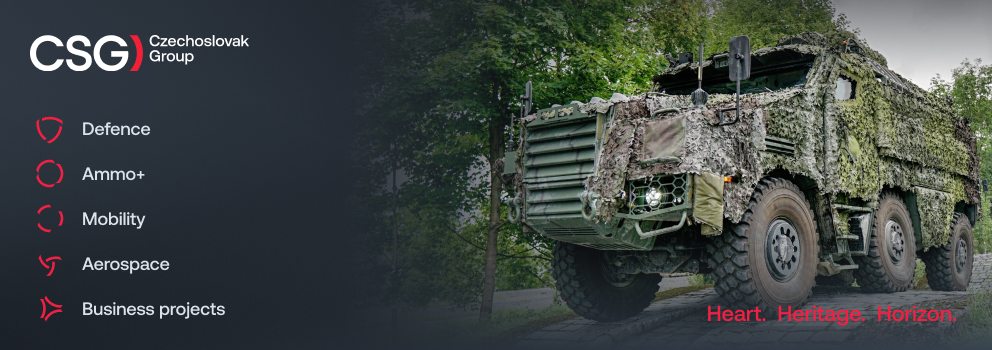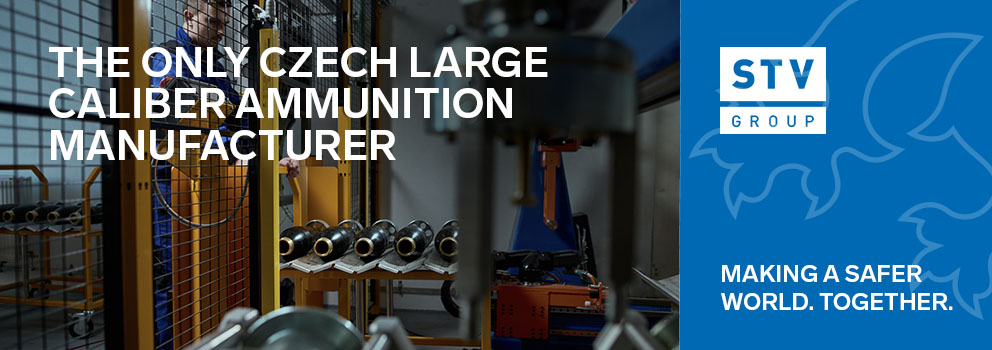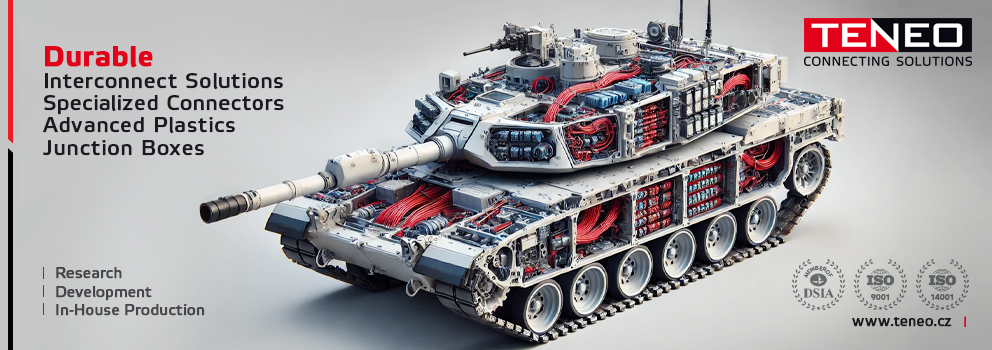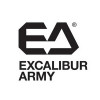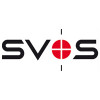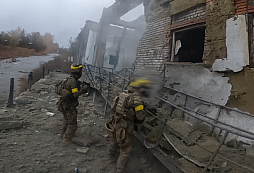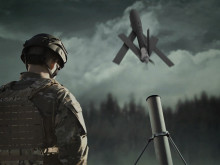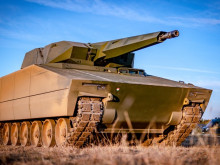Büffel, Kodiak, and Keiler NG: Combat Force Multipliers for Heavy Units Based on the Leopard 2
Whether in combat operations on the eastern flank of the NATO alliance, in peacekeeping missions far from home, or in domestic relief efforts, heavy forces depend on versatile combat support vehicles to remain combat-ready, resilient and powerful. With the Bergepanzer 3 Büffel recovery vehicle, the Pionierpanzer 3 Kodiak engineer tank and the Keiler next generation armored mine clearance system, Rheinmetall offers three genuine combat force multipliers based on the Leopard 2 battle tank.
The Bergepanzer 3 Büffel – a true recovery specialist and repair vehicle
As combat support vehicles, recovery tanks primarily increase the mobility and endurance of armoured combat troops. For example, they secure combat vehicles when crossing water, tow damaged vehicles from the battlefield or recover crashed or damaged vehicles even from the most difficult terrain. They also provide support with their crane for repair work and maintenance in the field. The BPz 3 Büffel armored recovery vehicle was developed by Rheinmetall Landsysteme GmbH on behalf of the German Armed Forces and the Dutch Armed Forces. More than 200 BPz 3 Büffel vehicles are currently in service in nine countries. In addition, over 300 Büffel kits are used as superstructures on variants of the Leclerc and K1 battle tanks. The BPz 3 Büffel has proven its outstanding performance in various operations, from the Balkans to the Hindu Kush and now in Ukrainian service, including in combat.
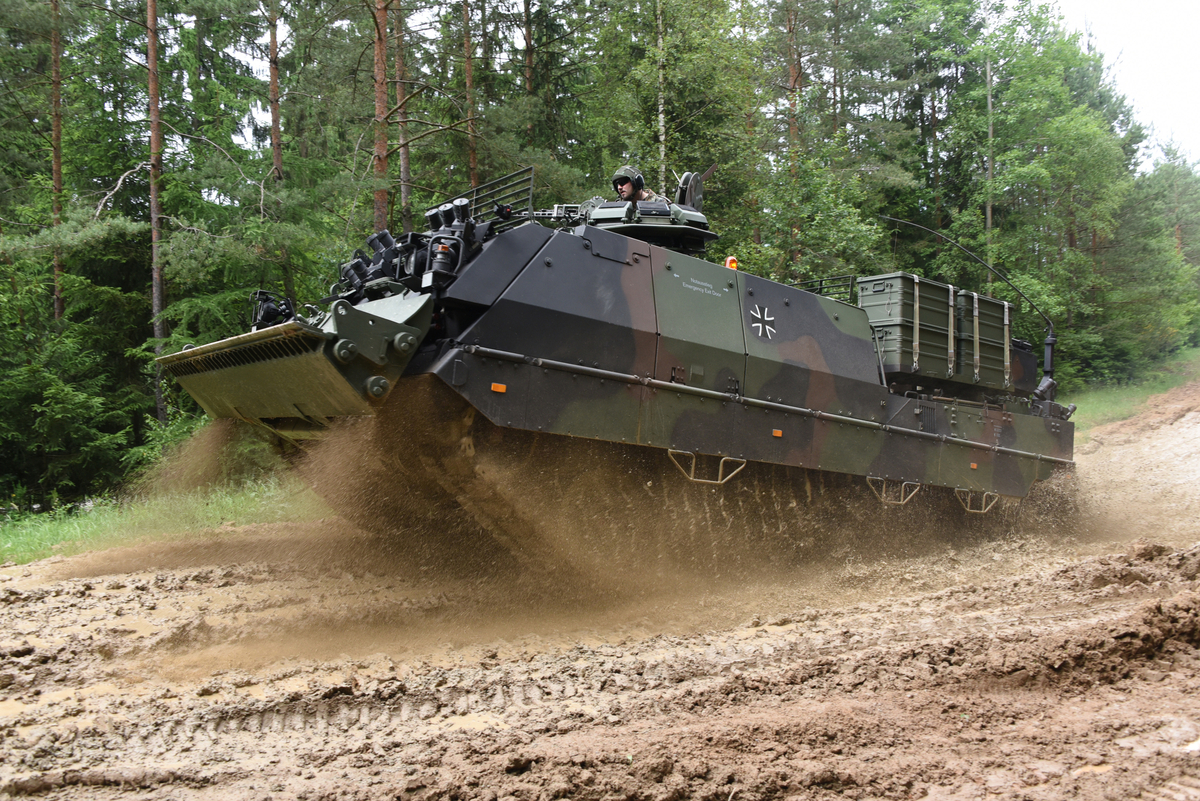
The Bergepanzer 3 Büffel is based on a proven chassis with a high degree of commonality with the Leopard 2 and is equipped with a winch system, a 270° swiveling crane jib and a support and clearing blade. The vehicle also has an electric cutting and welding device that operates without an additional power generator.
The hydraulically operated jib crane on the right-hand side of the bucket, whose hoist winch is integrated directly into the crane jib, has a maximum hook load of 30 (optionally 32) tonnes with a crane reach of 90 centimeters from the front edge of the support and clearing blade. The crane system is controlled by a control unit stored to the right of the driver's seat.
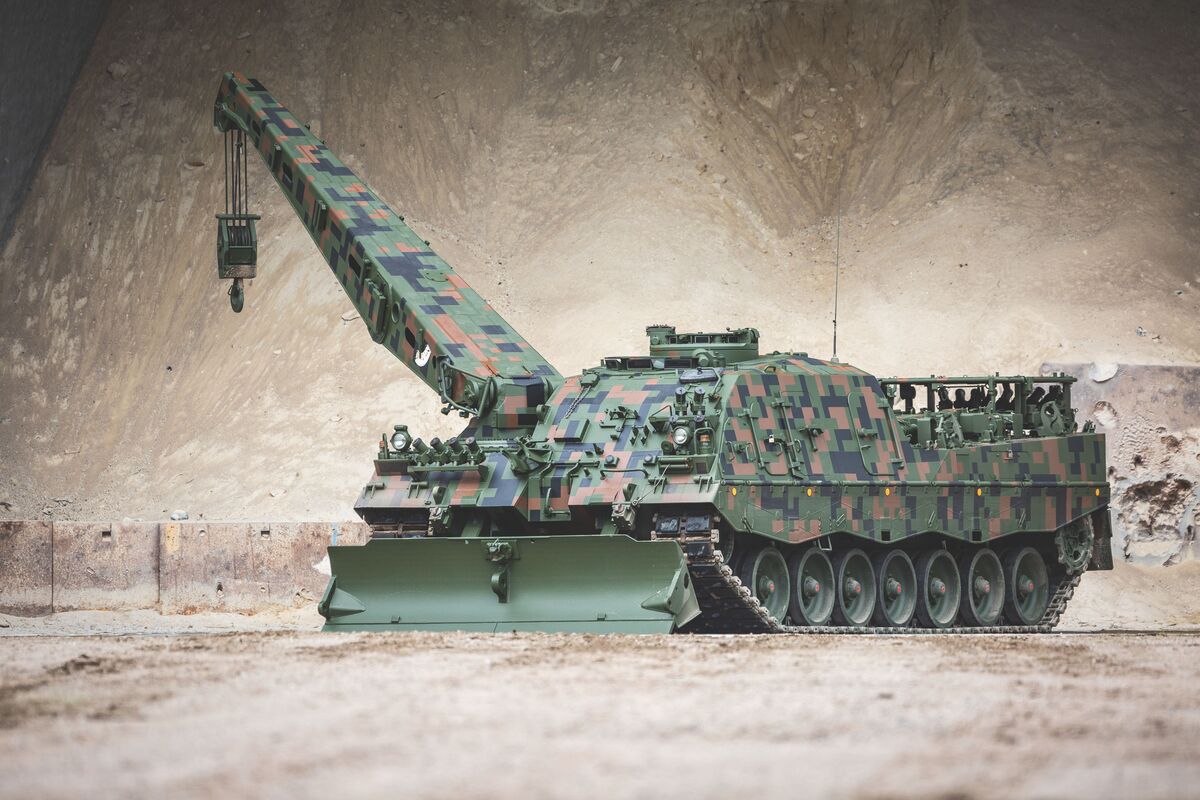
The Rotzler Treibmatic TR 650/3 main winch is located in the control room under the intermediate floor. It has a maximum pulling force of 35 (optionally 40) tons. In double and triple pull mode, loads of 70 to 105 tons can be moved. The auxiliary winch is located in the left front of the tub and is used to support the main winch and, for example, to transport heavy recovery equipment in a recovery sled to the damaged vehicle.
The support and clearing blade is primarily used to support the recovery tank when working with the crane system and the main winch system. It is also used as a tool for earthworks, for maneuvering and as a mount for a vice. In addition, the attachment eyes on the dozer blade of the German Bergepanzer 3 Büffel are used to attach the rapid recovery device.
Engineer Tank 3 Kodiak
The Engineer Tank 3 (PiPz) Kodiak is currently the only Leopard 2-based engineer tank that has been newly developed specifically for the needs of engineers and is in use. In addition to Switzerland, Sweden, the Netherlands and Singapore are currently also users. The German Armed Forces have also ordered 44 PiPz 3 Kodiaks. Delivery of the first systems is planned for 2026.
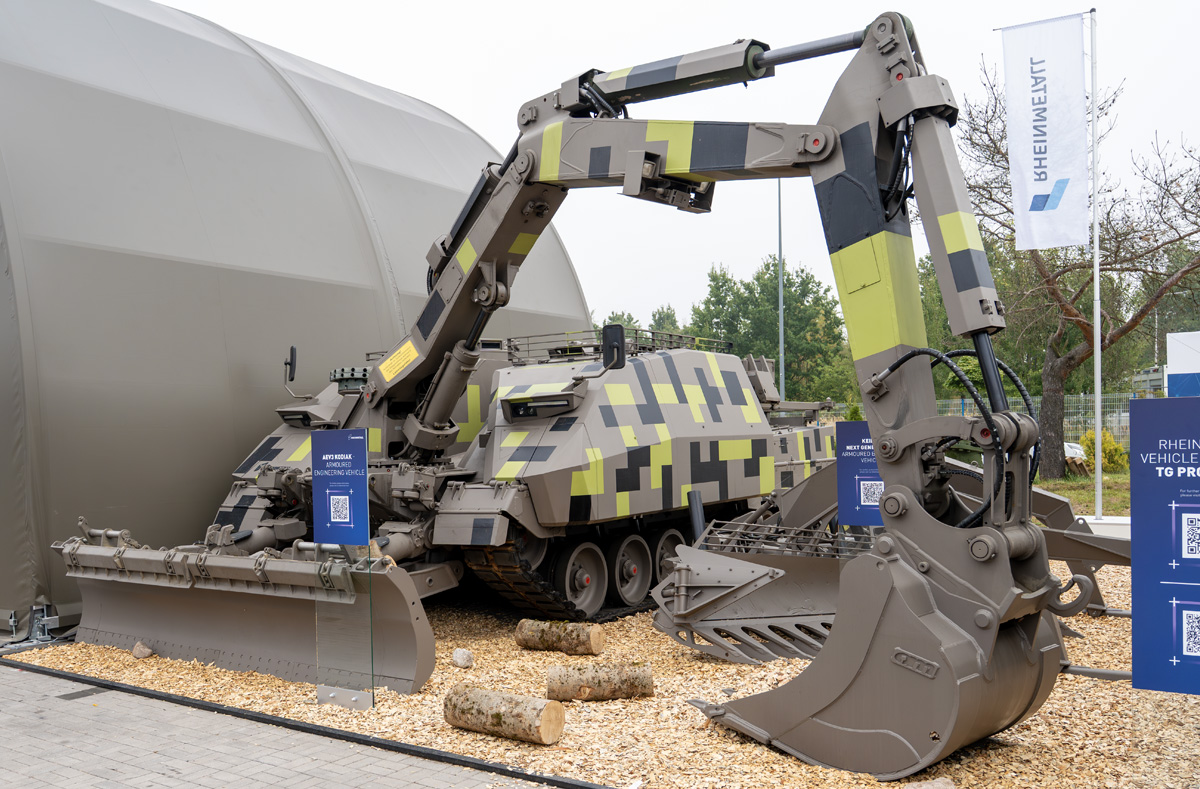
A key feature of the Kodiak is its mid-arm concept, which was originally developed for Switzerland to achieve an optimal center of gravity in challenging mountainous terrain. The boom positioned in the middle of the vehicle's front is the defining design element of an engineer tank, as this is the only way the vehicle can consistently meet the functional and operational requirements of engineers. The central arm concept offers the great advantage that the crew can maintain a better overview when working with the boom and that the vehicle can also be used in narrow spaces. Furthermore, it enables a maximum working range with minimum dependence on the vehicle's orientation. This simplifies and shortens the operation and thus contributes to the protection of the soldiers. The powerful articulated excavator has a large bucket volume, enabling the Kodiak to move up to 200 cubic meters of heavy soil per hour without having to reposition the vehicle. It can also lift loads of around 3.3 tons at a maximum reach of 8 meters with its boom.
The Kodiak is equipped with two additional excavator tools as standard: a universal grab and a hydraulic hammer. These are stowed at the rear of the vehicle and can be changed semi-automatically under cover using the camera system. This changing concept is proven and battle-tested. Additional pioneer-specific and commercially available tools can also be attached using the quick-change device.
The versatile double winch system is equipped with two independently operable 9-tonne capstan winches from Rotzler. They enable maximum flexibility and absolute reliability during operation. The comparatively light winch ropes can be quickly attached to an object by a soldier without additional aids or tools, minimizing the time spent outside the highly protected vehicle. This is further enhanced by the fact that the winches have a freewheel, i.e. the Kodiak can reverse with the ropes attached and thus easily reach a safe distance. The use of two winch ropes in parallel allows objects, e.g. parts of a barrier or barricade, to be pulled away in a controlled manner, or one winch to be used for self-securing, e.g. on a slope, while the other winch is used to move an object. These capabilities are particularly valuable in confined environments, such as urban terrain. When using the two 9-ton winches, a weight of over 60 tons can be pulled using deflection pulleys. This eliminates the need to use a heavier and more unwieldy winch while minimizing usage costs.

The Kodiak has a dozer blade with adjustable cutting and tilt angles, which can be extended in width. If necessary, this can be replaced by a mine plough, as used by the Dutch armed forces, for example. The mine clearance equipment is supplemented by an automatic mine lane marking system with marking rods that show the following combat troops the safe route through the minefield. All interchangeable tools or mine clearance systems can be loaded onto multi-hook lift interchangeable pallets for transport.
Keiler NG
Combat with and around obstacles – known as "obstacle warfare" – has regained importance on the battlefields of the future. This is confirmed by operational experience from the war in Ukraine. Against this backdrop, Rheinmetall developed the Keiler Next Generation (NG), a new armored combat support vehicle for the rapid tactical opening and overcoming of obstacles in combat. The system, known as the Armored Breaching Vehicle (ABV), was unveiled at Eurosatory 2024 and impressively demonstrated its capabilities to national and international customers during a live demonstration at the Bergen military training area in the summer.
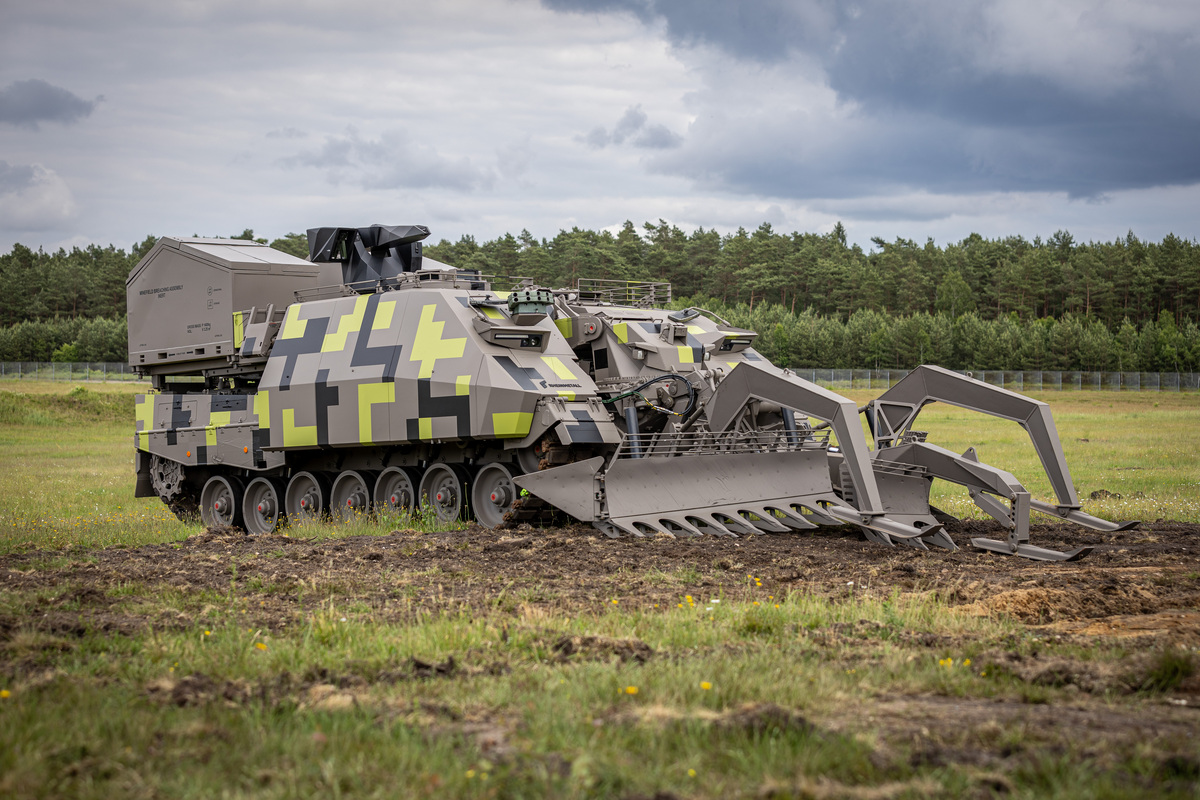
The highly protected and mobile Keiler NG mine clearance system features a mine plough, a rocket-assisted detonating cord system (MICLIC – Mine Clearing Line Charge), a magnetic field duplicator and a lane marking system. This combination enables the Keiler NG to overcome even deep enemy barriers in any terrain. The vehicle is also equipped with an integrated crane to ensure that it can be converted for clearing operations by picking up the plough itself. This crane can also be used to connect additional MICLIC systems.
The Keiler NG is manned by two soldiers. The system concept already includes the option of remote control, as well as the installation of a distance-active protection system and networking on the digitalized battlefield. The Keiler NG thus meets all current tactical requirements and is highly future-proof.
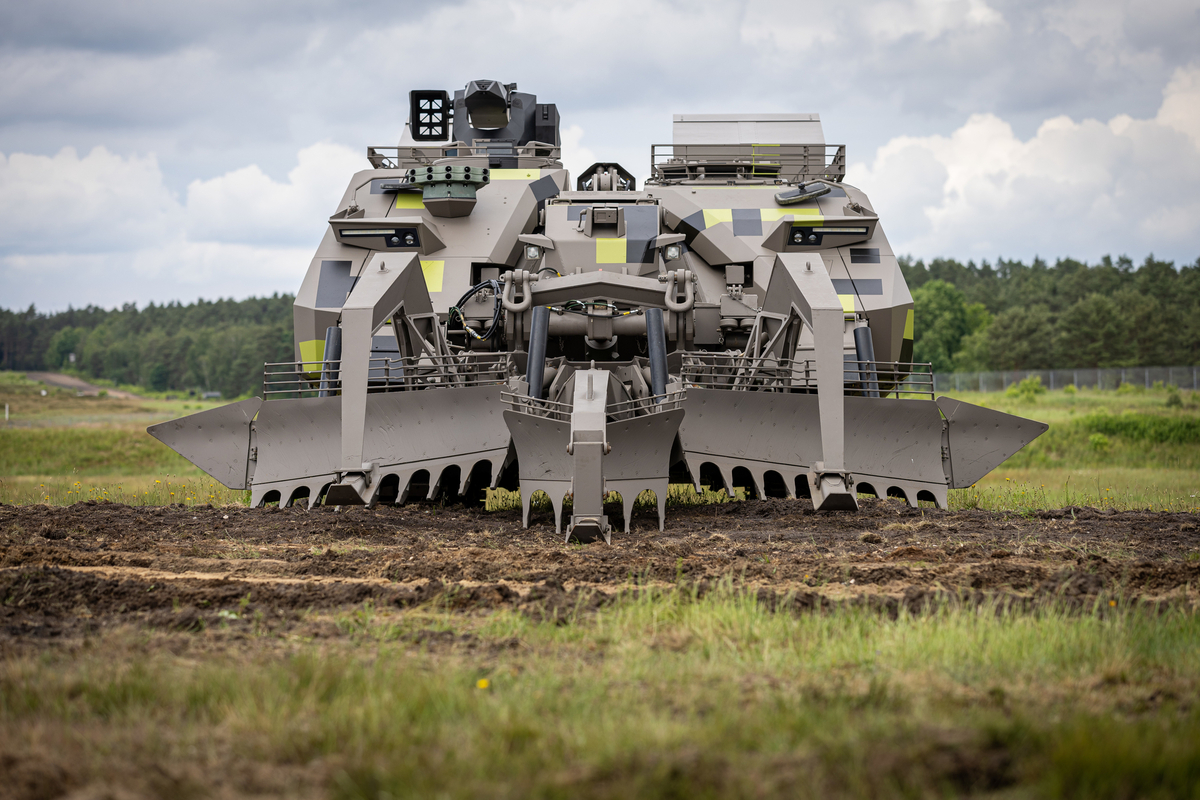
Brothers in arms
The use of modern, armored support vehicles ensures mobility and endurance in highly mobile combat. Against the backdrop of the war in Ukraine, it has become clear once more that in highly intense armed conflicts, battle tanks and other mechanized forces with limited mobility or even at a standstill quickly fall victim to indirect fire, combat drones or long-range anti-tank systems such as loitering munitions.
Any modernization of the battle tank fleet is futile if it is not accompanied by a modernization of the support vehicles.
With its symbiotic product family based on Leopard 2, Rheinmetall offers synergy effects in training, operation and supply – in the spirit of brotherhood in arms. These comprehensive solutions enable troops to meet the challenges they face in combat.
